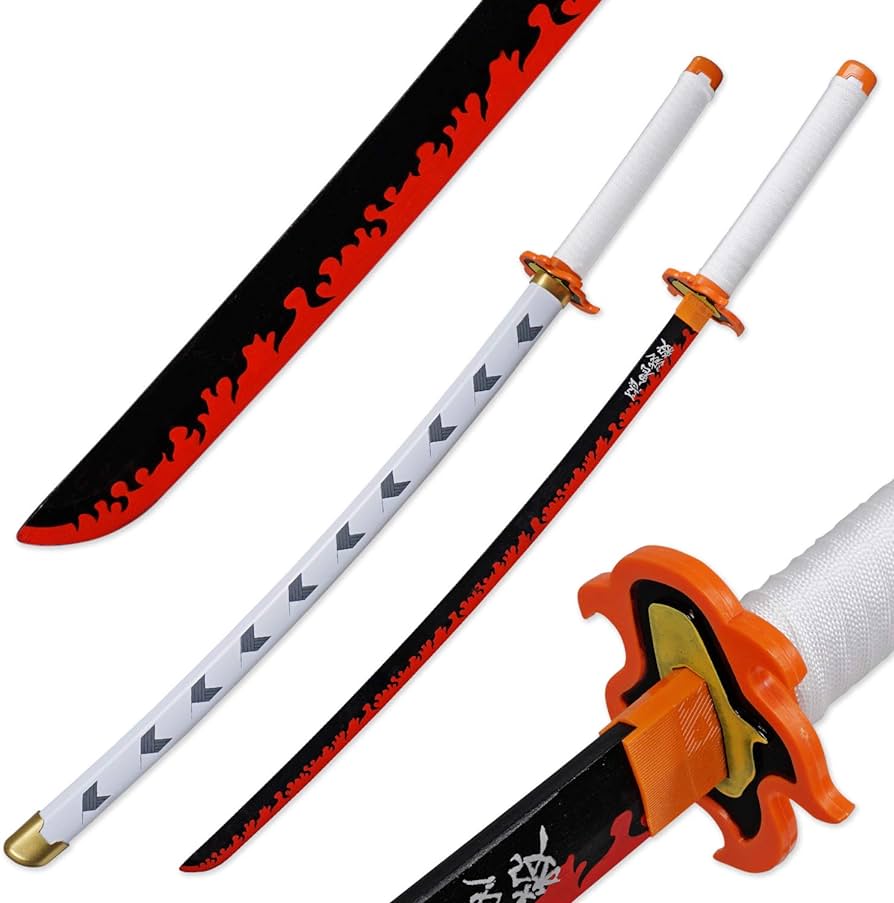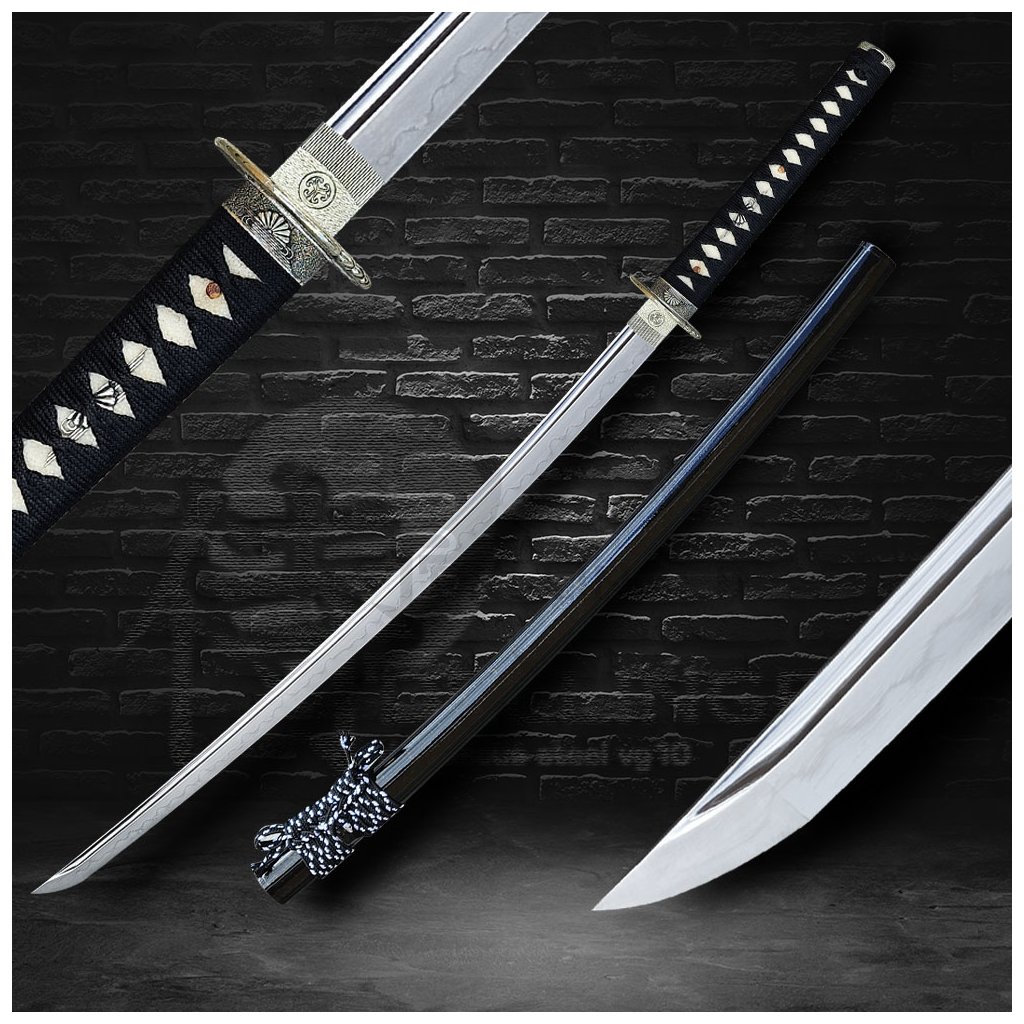The art of katana sword fighting is deeply ingrained in Japanese culture and tradition. It is practiced by a wide variety of schools and styles, each with its own distinctive methods, philosophies, and histories. Over the course of many centuries, a variety of influences, including regional differences, samurai clans, and individual masters, have shaped these various swordsmanship approaches. While the central standards of employing a katana stay steady, the subtleties of style and system change extraordinarily among various schools. Master swordsmiths, using ancient techniques, forge japanese sword with reverence for tradition and dedication to perfection.
One of the most notable styles is Kendo, frequently alluded to as “the method of the blade.” Created in the late eighteenth 100 years, Kendo accentuates restrained preparing and fighting utilizing bamboo blades (shinai) and defensive covering (bogu). It puts serious areas of strength for an on decorum, regard, and mental concentration, planning to develop actual expertise as well as profound turn of events.
Another noticeable style is Iaido, which centers around the craft of drawing the katana from its sheath (saya) and executing exact, smooth motions because of different speculative battle situations. Iaido experts, known as iaidoka, train to accomplish a condition of increased mindfulness and care, dominating strategies to quickly and effectively dispatch rivals with conclusive strikes.

Kenjutsu, the old Japanese military craft of swordsmanship, envelops many styles and genealogies, each with its own novel methods and systems. Generally rehearsed by samurai champions on the front line, kenjutsu incorporates both equipped and unarmed battle methods, stressing flexibility and adaptability in battle circumstances.
Moreover, various ryuha (hand to hand fighting schools) have protected and passed down conventional katana methods through ages of devoted specialists. These schools frequently follow their ancestry back to popular samurai families or amazing swordsmasters, keeping up with their unmistakable ways to deal with swordsmanship through thorough preparation and adherence to custom.
Each style or school of katana swordsmanship offers its professionals a special viewpoint on the craft of the blade, mirroring the social, verifiable, and philosophical impacts that have formed its turn of events. While some might focus on commonsense adequacy in battle, others might accentuate profound development, imaginative articulation, or verifiable safeguarding. No matter what the particular style or school, the investigation of katana swordsmanship is an excursion of disclosure, discipline, and personal growth, offering specialists a significant association with Japan’s rich military legacy. Samurai warriors wielded japanese sword like the katana and wakizashi, embodying honor, discipline, and lethal precision.


